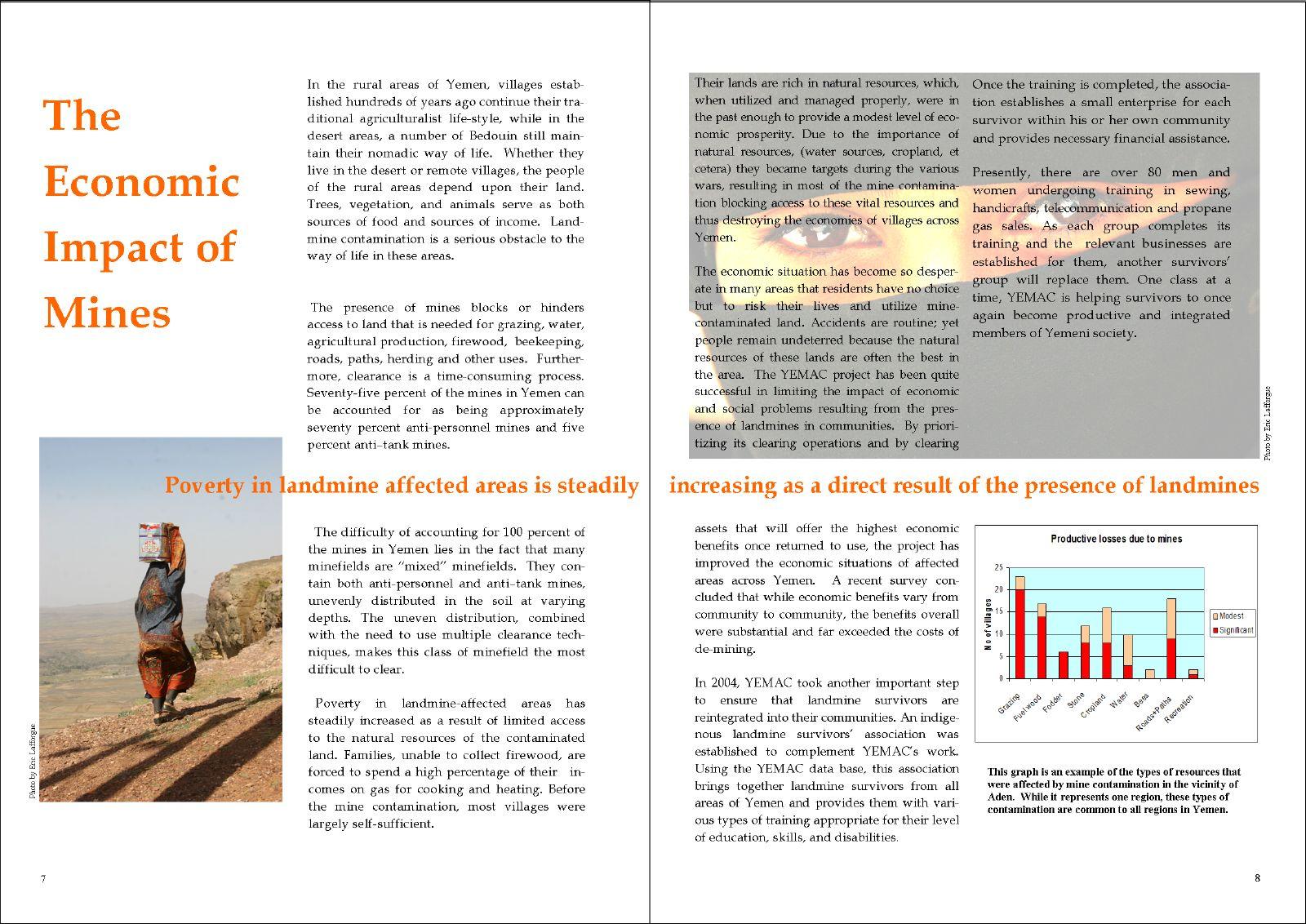As the sun sets over the cobblestone streets of Europe’s most enchanting cities, a new debate simmers just beneath the surface of their historic facades: the contentious issue of tourist taxes. From the romantic canals of Venice to the vibrant boulevards of Barcelona, city officials and local residents are embroiled in discussions about the financial and cultural impact of imposing levies on the millions of visitors who flock to their shores each year. Proponents argue that these taxes are essential for preserving heritage sites and sustaining local economies, while critics warn of potential deterrents to tourism and unfair burdens on travelers. As Europe continues to balance its rich history with the demands of modern tourism, the conversation surrounding tourist taxes reveals deeper questions about responsibility, sustainability, and the future of travel in a rapidly changing world. Join us as we delve into the heart of this debate, exploring the diverse perspectives and implications that shape the landscapes of Europe’s beloved destinations.
Economic Impacts and Local Benefits of Tourist Taxes
Tourist taxes, levied on visitors to help fund infrastructure and services, have sparked considerable debate regarding their economic impacts and local benefits. On the economic front, these taxes can contribute significantly to municipal budgets, allowing cities to invest in maintaining cultural landmarks, improving public transport, and enhancing overall visitor experience. This financial boost is often crucial for cities struggling with the strain of high tourist numbers, helping to offset costs associated with increased waste management, security, and wear and tear on public spaces.
From a local perspective, the benefits can be profound, fostering a more sustainable tourism model that prioritizes community well-being. Local benefits often include:
- Enhanced public services – Tourist tax revenue can be allocated to improve local amenities and services that both residents and visitors use.
- Job creation – Funds can support employment in tourism-related sectors, from hospitality to cultural heritage management.
- Environmental conservation – Taxes can finance projects aimed at preserving natural and historical sites, ensuring they remain attractive to future generations.
While some argue these taxes may deter budget-conscious travelers, proponents believe the benefits to local communities far outweigh potential drawbacks, creating a more balanced and mutually beneficial relationship between tourists and residents.

Balancing Tourism Growth with Sustainable Development
As European cities become increasingly popular travel destinations, the implementation of tourist taxes has sparked an engaging conversation about finding a harmonious balance between economic benefits and sustainable urban development. On one hand, these levies are seen as a vital tool to fund infrastructure improvements and mitigate the environmental impact of mass tourism. They can help preserve historic landmarks, support public transportation, and enhance local amenities, ensuring a positive experience for both residents and visitors.
However, critics argue that such taxes might deter tourists, particularly budget-conscious travelers, potentially impacting small businesses reliant on tourism. Key concerns include:
- Equity: Are these taxes fairly distributed across different types of travelers?
- Effectiveness: Do they genuinely contribute to sustainability, or do they simply fill municipal coffers?
- Transparency: How clearly are the collected funds allocated and communicated to the public?
The challenge lies in crafting policies that not only address the immediate needs of urban centers but also consider long-term environmental goals, ensuring that the allure of these vibrant cities is preserved for future generations.
Comparative Analysis of Tax Models Across Europe
In recent years, the implementation of tourist taxes has become a significant topic of discussion among European cities. These levies, designed to offset the impact of tourism on local infrastructure and the environment, vary greatly across the continent. Italy and Spain are among the nations where cities like Venice and Barcelona have established prominent models, charging visitors a daily fee that contributes to the preservation of their historical and cultural heritage. Conversely, cities such as London and Berlin have adopted more conservative approaches, opting for taxes that are applied as a percentage of accommodation costs.
- Italy: Fixed daily rates, often higher in major tourist destinations.
- Spain: Varied fees depending on the region, with specific rates for coastal areas.
- United Kingdom: Voluntary contributions in some cities, with ongoing debates about formal implementation.
- Germany: A percentage-based system applied to hotel stays, known as the “Bed Tax.”
The impact of these taxes on both local economies and the travel industry is a subject of ongoing analysis. Proponents argue that they provide necessary funds for infrastructure improvements and environmental conservation. Critics, however, suggest that these fees may deter budget-conscious travelers and create disparities between regions that rely heavily on tourism. As Europe continues to grapple with balancing economic growth and sustainability, the evolution of tourist tax models remains a dynamic and contentious issue.

Recommendations for Implementing Fair and Effective Tourist Levies
Implementing tourist levies in European cities requires a balanced approach that considers the needs of both local communities and visitors. Transparency is key; cities should clearly communicate how the collected funds will be used, ensuring that revenues are reinvested into infrastructure, cultural preservation, and environmental protection. Stakeholder engagement is also crucial—engaging local businesses, residents, and tourists in discussions can foster a sense of shared responsibility and acceptance.
- Gradual Implementation: Introduce levies in stages to allow for adjustments based on feedback and results.
- Variable Rates: Consider different rates for peak and off-peak seasons to manage tourist flow more effectively.
- Inclusive Policies: Ensure that levies do not disproportionately affect lower-income travelers, perhaps by offering exemptions or reductions for certain groups.
By adopting these recommendations, cities can create a fair and effective tourist levy system that enhances the visitor experience while safeguarding the interests of the local population.
In Conclusion
As the sun sets over the cobblestone streets and historic landmarks of Europe, the debate over tourist taxes remains a vibrant discussion, echoing through city halls and local cafés alike. This complex dialogue, where the voices of city officials, local residents, and global travelers intertwine, is far from reaching a definitive resolution. Yet, it serves as a reminder of the delicate balance cities must maintain between welcoming the world and preserving their unique identities. As travelers pack their bags and set their sights on the allure of European culture, the conversation continues, shaping the future of travel and tourism. Whether these taxes become a tool for sustainable tourism or a hurdle for the wanderlust-stricken remains to be seen. Until then, Europe stands as both a canvas and a curator of experiences, ready to evolve with each new wave of visitors.
































